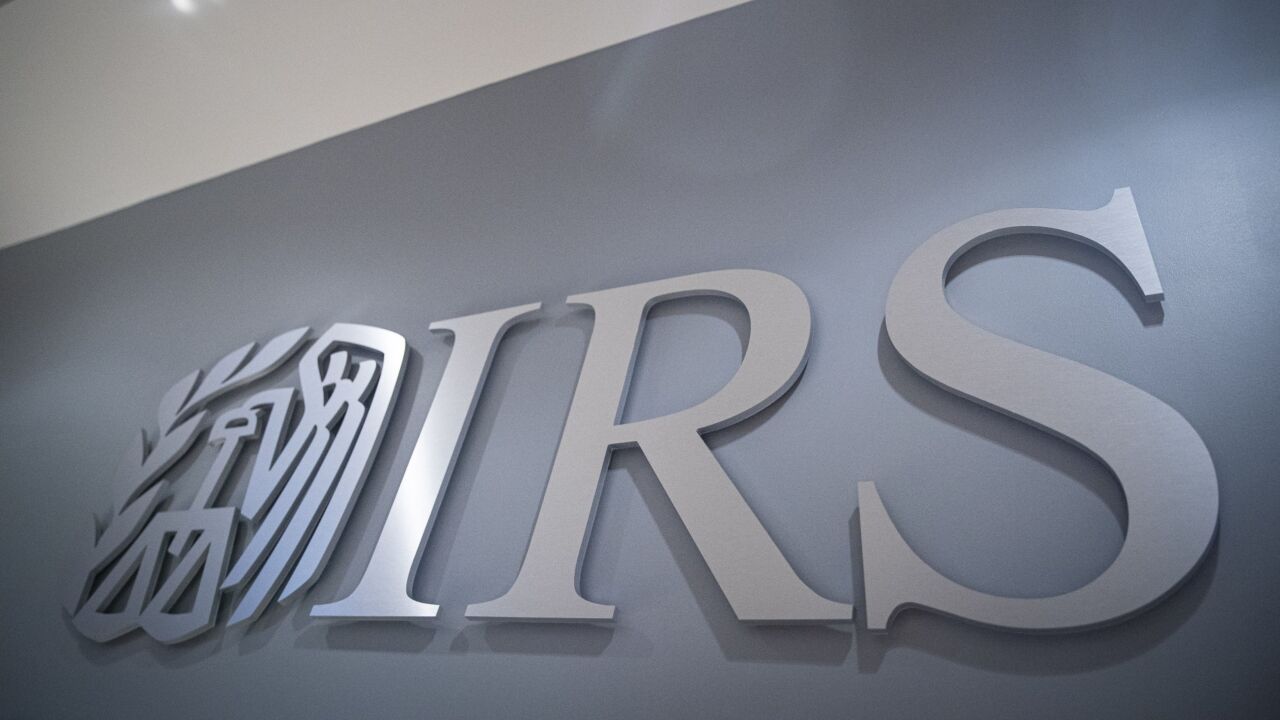Online filing platforms have seen consistent growth over the past few years as consumers have shifted away from traditional accountant relationships as well as filing directly with the IRS. This shift has allowed all types of tax marketers, whether online or traditional, to better understand both the peaks and valleys of product demand over the four-month course of tax season, as well as the differences in the types of filers seen. Accountants looking to win back customers can benefit from understanding the behaviors of e-filers.
The “tax curve” — what I call the mapping of the number of e-files submitted throughout the course of the tax season — tends to remain quite consistent in shape from year to year. Although each season may have its subtle distinctions based on unique factors, the shape itself is quite stable. Below we’ll examine three distinct periods reflected within the curve and explore how accountants and tax service providers can leverage audience insights to inform advertising strategies.
Peak one: Fast filers
The first period, encapsulating the end of January and into early February, can be viewed as “peak one.” This is where the largest quantity of e-files occurs, and generally, filing platforms will determine if they’ll have a successful season for their product, both online and in-store, by early February. This peak is also the period when the highest portion of “free” returns occurs. Users that file their taxes during this time tend to focus on receiving their refunds as quickly as possible for as cheaply as possible. These “fast, frugal filers” look to move right when W-2s come out.
In terms of interests, these types of consumers tend to align with discount big-box brands, ecommerce brands and couponing, while audience data also shows a lift in pharmaceuticals and medicine. Marketers looking to target for this group should focus on consumers who are interested in everyday purchases, and the creative should speak to the fact that the IRS is open and the product will deliver a big and fast refund for cheap.
Trough: Formulaic filers
The next period, consisting of the middle of February through early April, can be viewed as the “trough.” While this is the longest time-portion of tax season, it does not generally receive a large number of filings and has the highest portion of “paid" returns. Users that file during the trough period tend to have less straightforward tax profiles, and their interests/behaviors corroborate this. These “formulaic filers” are reading about more complex tax considerations. Additionally, we see a lift in interest around luxury automobiles and international travel. Targeting for this group should focus on individuals with more complex profiles that have higher-end consumer tastes. This is also a great time to focus on competitive conquesting, as formulaic filers are looking for the best product and fit to their particular needs. Advertising creative should focus on the brand’s product and how it differentiates itself beyond price and speed. Video is an excellent medium to get these more nuanced messages across.
Peak two: Frantic filers
The final timeframe comprised of the ten days leading up to Tax Day can be viewed as “peak two.” Over 10 percent of season files happen during this short timeframe, as users become desperate regarding the upcoming deadline. Users that submit in peak two are looking to get their returns filed as easily as possible to submit by the deadline. These “frantic filers” are exhibiting the obvious behaviors associated with deadline extensions and debt refinancing. For marketers, it’s important to amp up the retargeting to key audiences, as many users will use the software or visit the retail location that is top of mind.
Audience data also shows a lift in monthly content subscriptions, streaming services, and magazines, as these types of consumers are likely scrambling to adjust their budgets. Marketers, peak two is the time to get inspired with your targeting, as procrastinators take many forms. From a creative standpoint, the focus should be on the product’s ease of use and dependability under the time crunch. The name of the game is ease and simplicity.
A deep understanding of not only the shape of the tax curve but also the differences in key audiences, can help make the tax season less stressful for both consumers and tax providers/marketers. Truly understanding your target audience not only increases ROI and brand awareness, but also makes it easier to create lasting relationships with customers.





